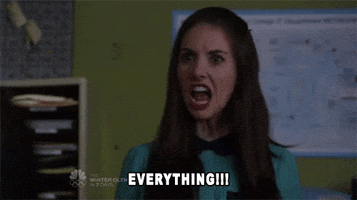Been posting in the putter threads and it got me to thinking about how difficult it is to read greens. It’s one of those things that I struggle to learn because I don’t know what to look for in the first place. It’s hard to practice what you don’t know.
The question: Do pros offer green reading lessons?
Is it something that’s usually done in an outdoor putting lesson?
The question: Do pros offer green reading lessons?
Is it something that’s usually done in an outdoor putting lesson?










